Last Updated on: 14th July 2024, 09:31 am
Introduction to Power Yoga
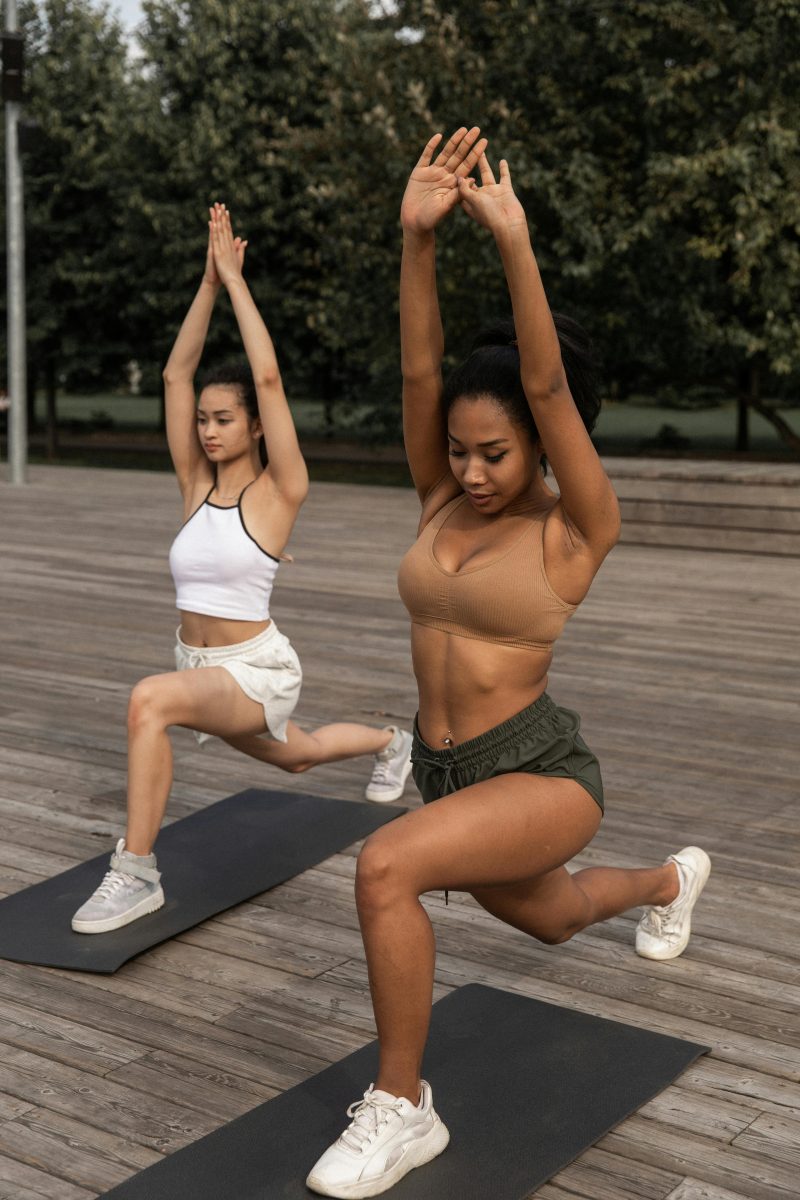
Power Yoga, a vigorous fitness-based approach to Vinyasa-style yoga, has its roots in the Ashtanga yoga system. Unlike traditional yoga, which emphasizes static poses and meditation, Power Yoga incorporates a dynamic flow of movements, designed to build strength, flexibility, and stamina. This modern twist on ancient practices caters to those seeking both a physical workout and the mental benefits of yoga.
The distinction from traditional yoga lies in its pace and focus. Power Yoga is faster, more intense, and places a greater emphasis on building muscle alongside spiritual well-being. It’s this unique combination that has captured the attention of fitness enthusiasts worldwide. As people increasingly seek holistic approaches to health, Power Yoga’s popularity has surged, offering a challenging yet rewarding path to physical and mental fitness.
With its growing appeal, Power Yoga continues to evolve, attracting individuals eager to explore its dynamic blend of strength, flexibility, and mindfulness. This practice not only reshapes the body but also renews the mind, making it a compelling choice for today’s health-conscious society.
The Core Principles of Power Yoga

- Strength and Flexibility: Power Yoga pushes the boundaries of what the body can achieve, encouraging practitioners to explore their limits. By focusing on powerful, flowing movements, it builds muscular strength while simultaneously enhancing flexibility.
- Integration of Breath with Movement: Each pose transitions smoothly to the next through controlled, deliberate breaths. This synchronization deepens concentration and enhances the flow of energy throughout the body.
- Flow and Transitions: Characterized by its fluid sequences that mimic a dance, Power Yoga elevates the heart rate, offering a cardiovascular benefit in addition to strength and flexibility training.
Through its emphasis on strength, flexibility, breath, and flow, Power Yoga offers a comprehensive workout that challenges the body and calms the mind. Its dynamic approach to traditional yoga practices makes it an appealing option for those seeking to enhance their physical fitness while also finding mental clarity and peace.
Physical Benefits of Power Yoga

- Enhanced Muscle Tone and Strength: Noticeable improvement in muscle tone and strength through a series of weight-bearing exercises and poses.
- Improved Flexibility and Posture: Regular practice leads to improved posture and flexibility, reducing the risk of injury.
- Boost in Stamina and Energy Levels: The dynamic movements and breath synchronization invigorate the body and mind, leading to increased stamina and energy levels.
- Contribution to Weight Loss and Cardiovascular Health: The practice’s intensity helps burn calories, while the cardiovascular component strengthens the heart and lungs.
In conclusion, Power Yoga offers a comprehensive workout that not only challenges the body but also promotes mental clarity and emotional stability. Its physical benefits, from enhanced muscle tone and flexibility to improved cardiovascular health, make it an ideal practice for those looking to elevate their fitness routine.
Mental and Emotional Benefits of Power Yoga
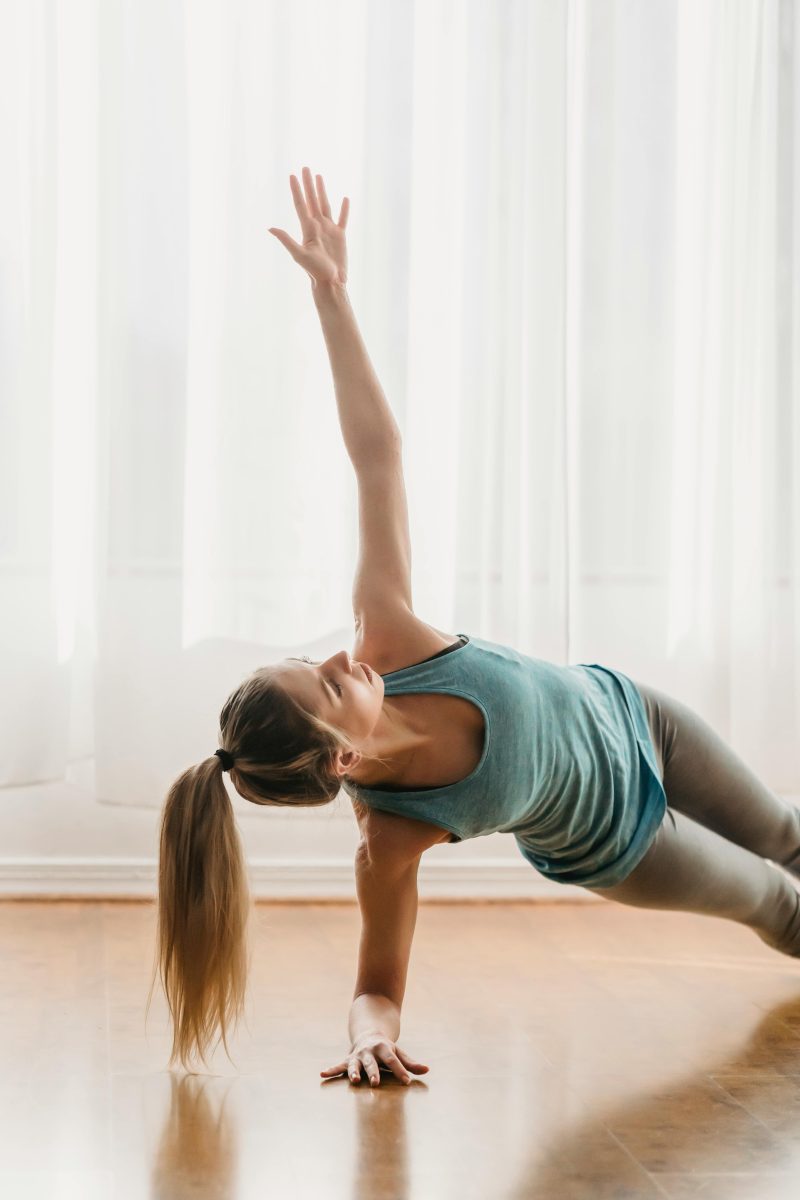
- Stress Reduction and Enhanced Mental Clarity: Clearing the mind, reducing stress, and enhancing mental clarity through vigorous sequences.
- Improved Focus and Concentration: Enhanced focus and concentration that extend into daily life, improving productivity and attention to detail.
- Mental Resilience: Equipping individuals with the tools to navigate life’s ups and downs with grace and poise, developing an inner strength that mirrors the physical strength being built.
In essence, Power Yoga offers a dynamic path to not only physical fitness but also mental and emotional harmony. Its benefits extend far beyond the mat, influencing every aspect of a practitioner’s life. By fostering stress reduction, improved focus, and mental resilience, Power Yoga stands out as a comprehensive practice for those seeking to enhance their overall quality of life.
Power Yoga Practices for Beginners
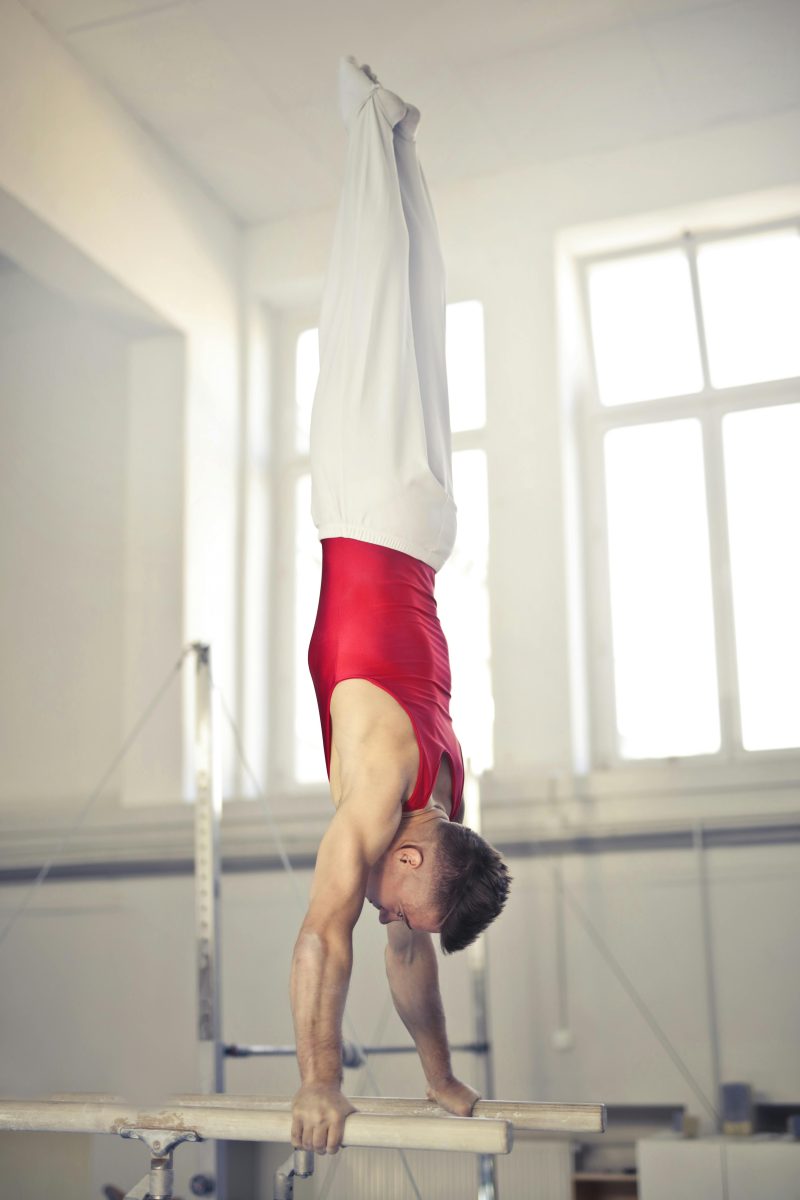
Embarking on a Power Yoga journey introduces beginners to a world where strength meets flexibility. Key poses such as the Downward Dog, Warrior sequences, and the Chair pose lay the foundation. These poses not only build muscle but also enhance flexibility, making them perfect for those new to Power Yoga.
As beginners progress, incorporating sequences that flow smoothly from one pose to another becomes crucial. This flow, or Vinyasa, is the heartbeat of Power Yoga, elevating the practice from mere exercise to a dynamic dance between strength and flexibility. Beginners are encouraged to start with simple sequences, gradually increasing complexity as their confidence and abilities grow.
Tips for Safely Increasing Intensity
Increasing the intensity of your Power Yoga practice should be a gradual process. Begin by mastering the basics, ensuring your form is correct to avoid injury. As you become more comfortable, introduce variations of the foundational poses to challenge your strength and flexibility further. Incorporating props, such as blocks or straps, can also add a new dimension to your practice, enabling deeper stretches and more challenging poses.
Listen to your body. If a pose feels too challenging, modify it or take a rest. Power Yoga is not about pushing through pain but about finding your edge and gently expanding your limits.
Incorporating Mindfulness and Breathwork
Mindfulness and breathwork are integral to Power Yoga, transforming the physical practice into a meditative experience. Begin each session by centering yourself, focusing on your breath to bring your mind into the present moment. As you move through the poses, maintain this focus on your breath, using it to guide your movements.
The breath is a powerful tool that can help deepen your poses and enhance your stamina. By synchronizing your movements with your breath, you create a rhythm that supports your practice, making it more fluid and focused. This mindful approach to Power Yoga not only improves your physical practice but also promotes mental clarity and emotional stability.
Power Yoga for beginners is a journey of discovery, offering a path to physical strength, flexibility, and mental serenity. By starting with the basics, safely increasing intensity, and incorporating mindfulness and breathwork, newcomers can fully embrace the transformative power of this dynamic practice.
Advanced Techniques and Sequences in Power Yoga
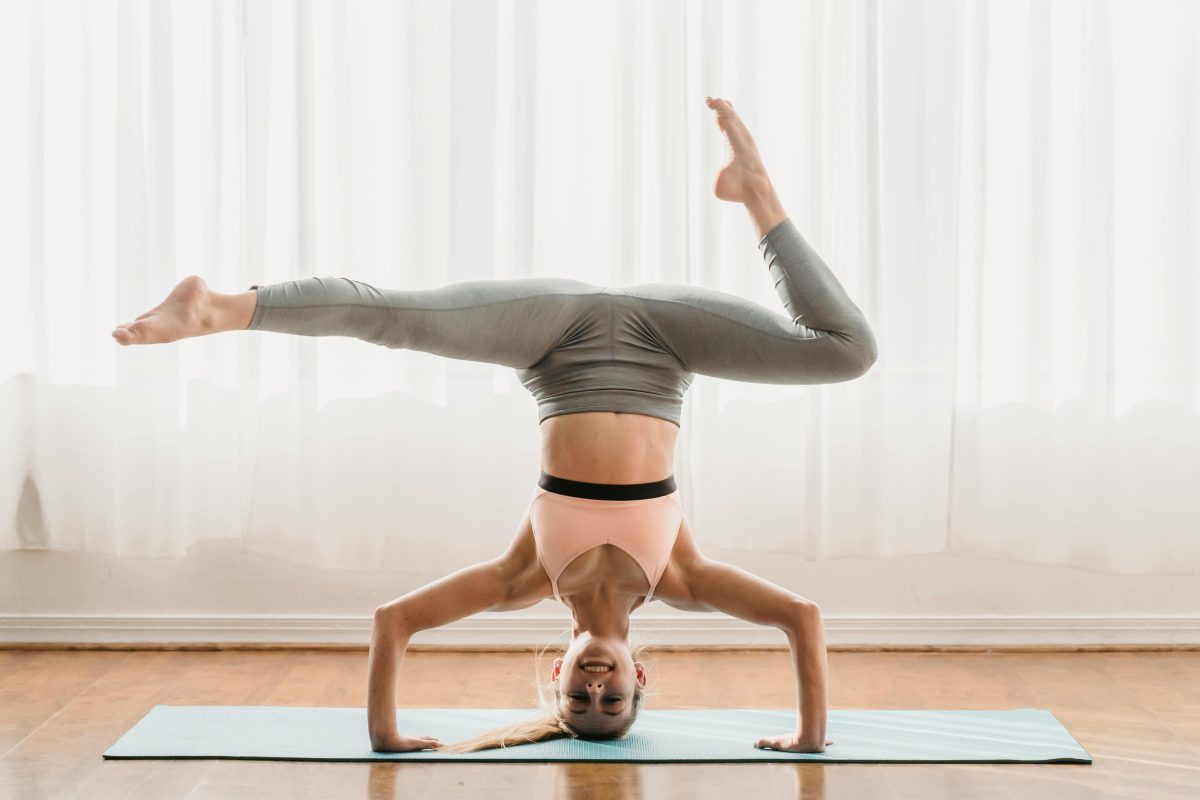
For those who have mastered the basics, Power Yoga offers a plethora of advanced techniques and sequences that challenge even the most experienced practitioners. These intricate poses and sequences push the boundaries of strength, flexibility, and balance, providing a platform for continuous growth and self-discovery.
- Props and modifications play a crucial role in deepening one’s practice. Blocks, straps, and bolsters can help in achieving proper alignment and accessing poses that might otherwise be out of reach. They encourage experimentation and allow for a deeper exploration of each pose, ensuring that even advanced practitioners can continue to evolve in their practice.
- Developing a personal Power Yoga routine requires a strategic approach. Start by setting clear intentions and goals for your practice. Incorporate a mix of strength-building poses, flexibility-enhancing stretches, and balancing postures. Gradually introduce more complex sequences that challenge your limits, while always maintaining a focus on breath and mindful movement.
Creating a Challenging Personal Routine
Begin with a solid warm-up to prepare the body. Integrate core-strengthening exercises to build the foundation for more advanced poses. Experiment with arm balances and inversions, such as Handstands or Forearm Stands, to challenge your strength and balance. Always conclude with a cool-down sequence to allow the body to assimilate the benefits of the practice.
Remember, the journey of Power Yoga is personal and unique to each individual. Listen to your body, respect its limits, and embrace the journey of advancing your practice, one pose at a time.
Integrating Power Yoga into Your Fitness Regimen
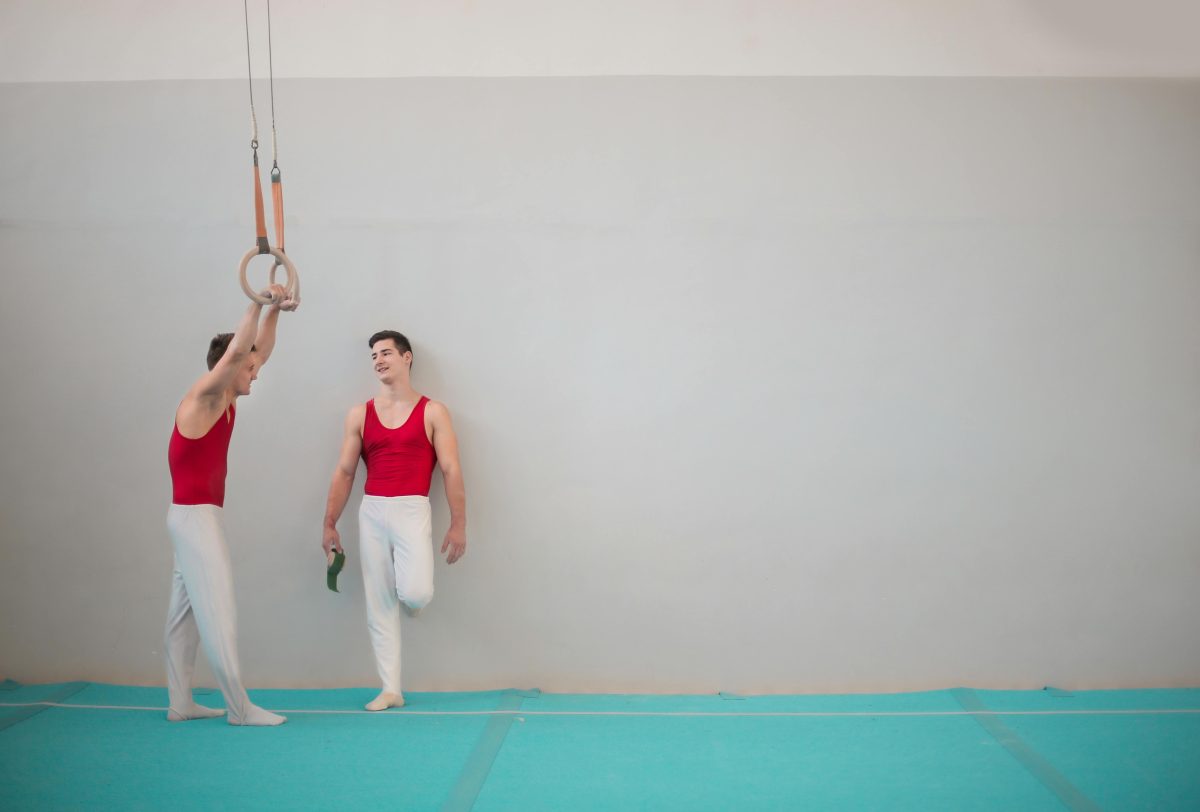
Integrating Power Yoga into your fitness routine offers a balanced approach to achieving both strength and flexibility. This dynamic practice complements other forms of exercise, such as weightlifting or cardio, by enhancing muscle recovery and reducing the risk of injury. To achieve the best results, balance is key. Incorporate Power Yoga sessions on alternate days or as a warm-up or cool-down to other intense workouts.
- Creating a consistent practice schedule is crucial for reaping the full benefits of Power Yoga. Aim for at least three sessions a week, setting specific days and times to practice. This consistency not only builds physical strength and flexibility but also fosters mental discipline and focus.
- Listening to your body is paramount in adapting your practice as needed. Power Yoga challenges the body, but it should not be a source of pain. Pay attention to what your body tells you during and after sessions. If you experience discomfort, consider modifying poses or reducing the intensity of your practice. Remember, the goal is progress, not perfection. Adapting your practice to your body’s needs will ensure a sustainable and enjoyable journey with Power Yoga.
By integrating Power Yoga into your fitness regimen, you embrace a holistic approach to health that nurtures the body, mind, and spirit. This practice not only complements other forms of exercise but also enriches your overall well-being, making it a valuable addition to any fitness journey.
In Closing
Power Yoga transforms body and mind. It’s a journey of strength, flexibility, and inner peace. By marrying vigorous physical practices with mindful meditation, it offers a holistic path to wellness. This dynamic approach not only enhances physical health but also fosters mental resilience and emotional stability. Embrace Power Yoga as a key component of your fitness regimen and discover the profound impact it can have on your life’s quality.
Power Yoga: A Dynamic Approach to Strength and Flexibility FAQs
Yes, beginners can do Power Yoga, but it may be challenging at first. It’s advisable to start with some basic yoga knowledge or a beginner-friendly class to understand the foundational poses. As it is more intense, beginners should listen to their bodies and modify poses as needed.
Yes, Power Yoga can improve mental health by reducing stress, anxiety, and depression through its physical activity and focus on breath control. The practice encourages mindfulness and present moment awareness, which can lead to a reduction in stress levels. Regular practice can enhance overall mood and mental clarity.
Power Yoga differs from traditional yoga by prioritizing physical fitness and a faster pace, rather than spiritual or meditative elements. It incorporates a series of poses designed to improve strength, flexibility, and stamina without the long holds and slow pace of more classical forms. This approach makes it more akin to a workout than a traditional yoga class.
Practicing Power Yoga 3-4 times a week can offer significant benefits in terms of strength, flexibility, and mental clarity. Consistency is key to seeing improvements and adapting to the practice’s intensity. However, it’s important to listen to your body and allow for rest days to prevent overtraining.
Yes, Power Yoga is good for weight loss as it is a high-intensity workout that can help burn calories and build muscle. The vigorous sequences and poses increase heart rate, boosting metabolism and aiding in fat loss. Coupled with a balanced diet, it can be an effective part of a weight loss program.
The benefits of Power Yoga include improved strength, flexibility, and stamina, as well as stress reduction and improved mental focus. It’s an effective workout for burning calories and can also help improve posture and balance. Additionally, the practice can offer a sense of well-being and inner peace through its dynamic movements.
The primary equipment needed for Power Yoga is a yoga mat for support and grip during poses. Some practitioners also use yoga blocks and straps to assist with poses and maintain alignment, especially beginners or those with limited flexibility. However, the most crucial aspect is comfortable clothing that allows for a full range of motion.
Power Yoga is a vigorous, fitness-based approach to vinyasa-style yoga that emphasizes strength and flexibility. It combines the fluid movements of yoga with an increased pace and intensity to elevate heart rate and build muscle. Unlike traditional yoga, it focuses less on meditation and more on the physical aspects.
The typical duration of a Power Yoga class is between 60 to 90 minutes. This time frame allows for a thorough warm-up, a series of strength and flexibility exercises, and a cool-down period with relaxation. Classes may vary in length depending on the instructor and the class level.
Individuals with certain health conditions, such as high blood pressure, heart disease, or severe osteoporosis, should consult with a healthcare provider before starting Power Yoga. It’s also not recommended for pregnant women without prior approval from a doctor due to its intensity and some poses that may not be safe during pregnancy. Listening to one’s body and making modifications is crucial for those with physical limitations.
Orlando is a all round athlete from Australia, now resident in Germany. His sports of passion of American Football(Offensive line), weight training and indoor rock climbing where he uses his 195cm wing span to his advantage.



